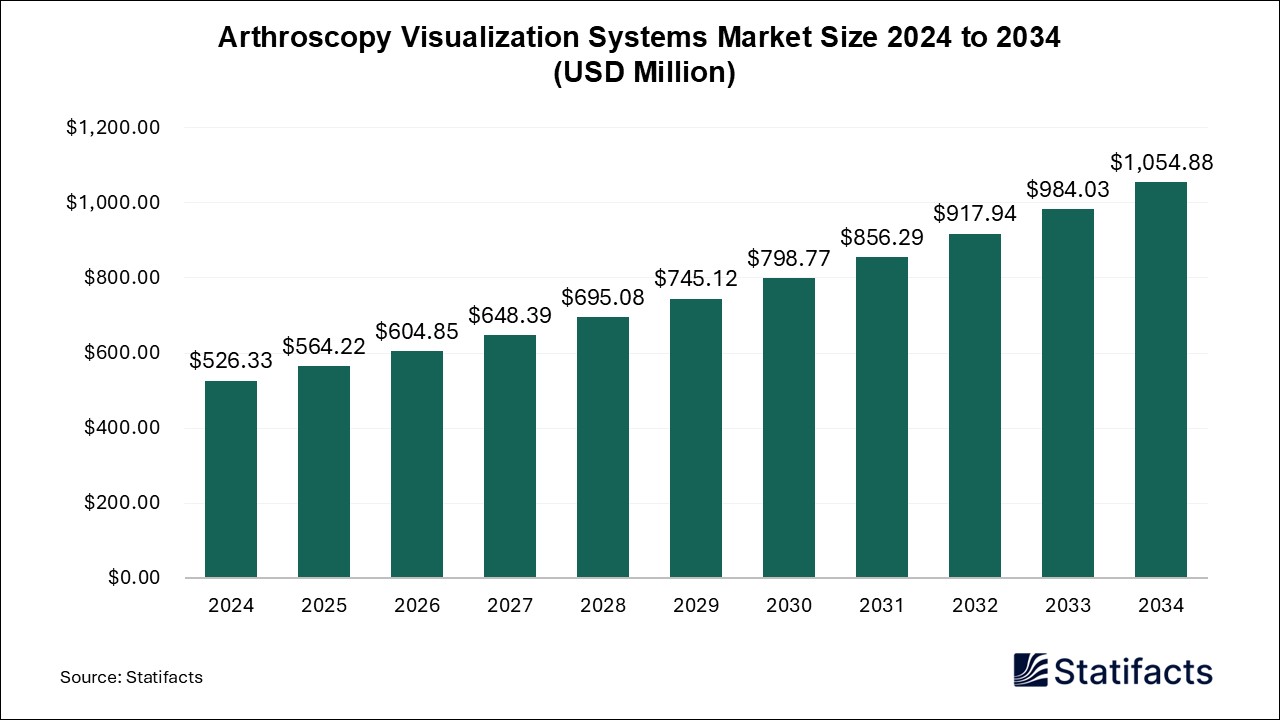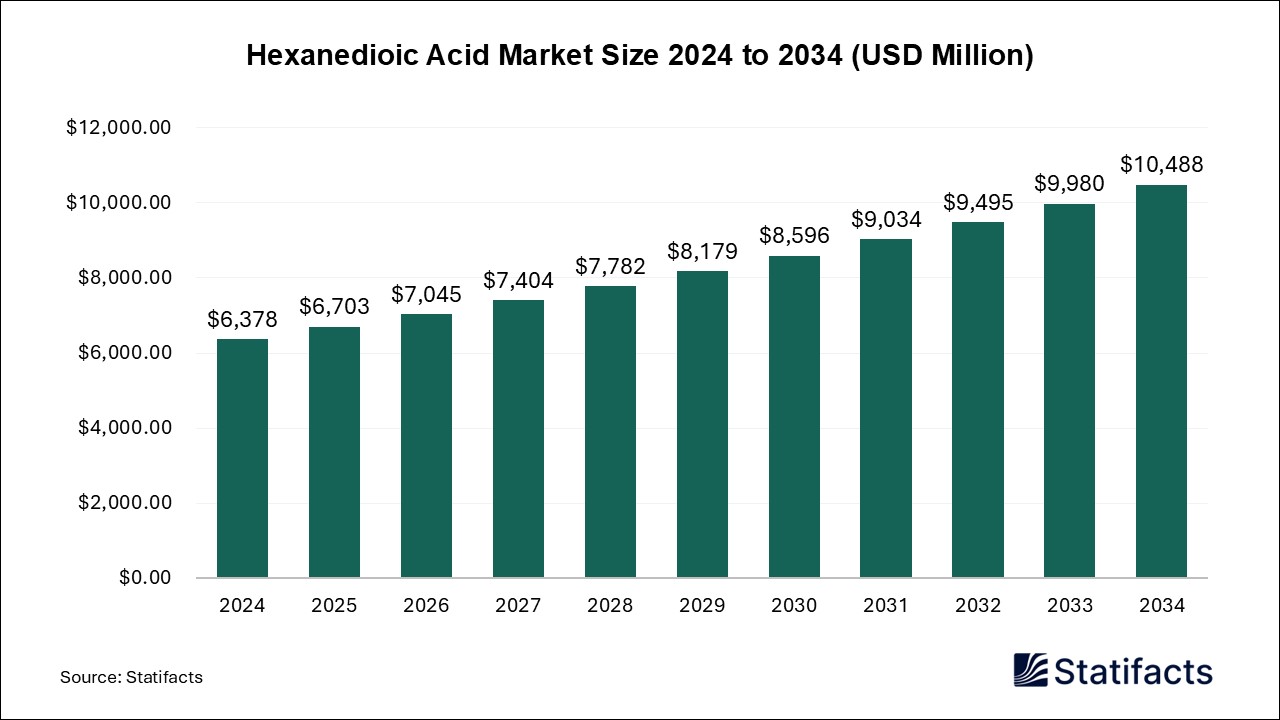
By clicking “Accept All Cookies” you agree to the storing of cookies on your device to enhance site navigation, analyze site usage, and assist in our marketing efforts.
Privacy Policy
Dicing Blade Market (By Type: Dicing Blade with Hub and Hubless Blades; By Application: Semiconductor, Optical Glass, Microelectronics, and Others; By Region: North America, Europe, Asia Pacific, Latin America, and Middle East & Africa) Industry Size, Share, Growth, Trends 2025 to 2034
The global dicing blade market size was valued at USD 703 million in 2024, is projected to reach approximately USD 1,476 million by 2034. This growth, driven by increasing demand for precision cutting in semiconductor and electronics manufacturing, is expected at a CAGR of 7.7%.
| Reports Attributes | Statistics |
| Market Size in 2024 | USD 703 Million |
| Market Size in 2025 | USD 757 Million |
| Market Size in 2031 | USD 1,182 Million |
| Market Size by 2034 | USD 1,476 Million |
| CAGR 2025 to 2034 | 7.7% |
| Base Year | 2024 |
| Forecast Period | 2025 to 2034 |
The dicing blade market is gaining traction due to the rising demand for the semiconductor industry, where it is used for ICs, LED wafers, and MEMS. The rising growth of consumer electronics, especially with the compact designs, has been a major driver for ultra-thin wafer dicing. The adoption of these dicing blades may face challenges due to the complex cutting of the advanced materials that requires a precise workforce. However, the rise of EVs and other autonomous vehicles is expected to create a massive demand for dicing blades.
The rise of automation in manufacturing is creating a huge demand for dicing systems with the inclusion of Artificial Intelligence (AI) and Machine Learning (ML) used for monitoring, data analytics, and robotics. The emerging countries in electronics, like China, India, South Korea, and others, are also investing in including these technologies.
| Regions | Shares (%) |
| North America | 18% |
| Asia Pacific | 60% |
| Europe | 15% |
| LAMEA | 7% |
| Segments | Shares (%) |
| Dicing Blade with Hub | 55% |
| Hubless Blades | 45% |
| Segments | Shares (%) |
| Semiconductor | 65% |
| Optical Glass | 15% |
| Microelectronics | 12% |
| Others | 8% |
Published by Shubham Desale
| Type | 2024 | 2025 | 2026 | 2027 | 2028 | 2029 | 2030 | 2031 | 2032 | 2033 | 2034 |
|---|---|---|---|---|---|---|---|---|---|---|---|
| Dicing Blade with Hub | 386.65 | 412.64 | 440.33 | 469.85 | 501.30 | 534.80 | 570.50 | 608.52 | 649.01 | 692.13 | 738.04 |
| Hubless Blades | 316.35 | 344.49 | 375.10 | 408.37 | 444.55 | 483.87 | 526.61 | 573.07 | 623.56 | 678.43 | 738.04 |
| Application | 2024 | 2025 | 2026 | 2027 | 2028 | 2029 | 2030 | 2031 | 2032 | 2033 | 2034 |
|---|---|---|---|---|---|---|---|---|---|---|---|
| Semiconductor | 456.95 | 493.65 | 533.29 | 576.11 | 622.36 | 672.32 | 726.29 | 784.57 | 847.53 | 915.53 | 988.98 |
| Optical Glass | 105.45 | 112.81 | 120.68 | 129.10 | 138.09 | 147.71 | 157.98 | 168.97 | 180.70 | 193.25 | 206.65 |
| Microelectronics | 84.36 | 90.10 | 96.22 | 102.75 | 109.72 | 117.15 | 125.07 | 133.52 | 142.53 | 152.13 | 162.37 |
| Others | 56.24 | 60.57 | 65.23 | 70.26 | 75.67 | 81.49 | 87.77 | 94.53 | 101.81 | 109.64 | 118.09 |
| Region | 2024 | 2025 | 2026 | 2027 | 2028 | 2029 | 2030 | 2031 | 2032 | 2033 | 2034 |
|---|---|---|---|---|---|---|---|---|---|---|---|
| Asia Pacific | 421.80 | 455.79 | 492.52 | 532.20 | 575.07 | 621.39 | 671.43 | 725.49 | 783.90 | 847 | 915.17 |
| North America | 126.54 | 135.53 | 145.15 | 155.44 | 166.47 | 178.27 | 190.90 | 204.41 | 218.88 | 234.37 | 250.94 |
| Europe | 105.45 | 112.81 | 120.68 | 129.10 | 138.09 | 147.71 | 157.98 | 168.97 | 180.70 | 193.25 | 206.65 |
| Latin America | 28.12 | 30.29 | 32.62 | 35.13 | 37.83 | 40.75 | 43.88 | 47.26 | 50.90 | 54.82 | 59.04 |
| Middle East and Africa | 21.09 | 22.71 | 24.46 | 26.35 | 28.38 | 30.56 | 32.91 | 35.45 | 38.18 | 41.12 | 44.28 |
| Subsegment | 2024 | 2025 | 2026 | 2027 | 2028 | 2029 | 2030 | 2031 | 2032 | 2033 | 2034 |
|---|---|---|---|---|---|---|---|---|---|---|---|
| Dicing Blade with Hub | 386.65 | 412.64 | 440.33 | 469.85 | 501.30 | 534.80 | 570.50 | 608.52 | 649.01 | 692.13 | 738.04 |
| Hubless Blades | 316.35 | 344.49 | 375.10 | 408.37 | 444.55 | 483.87 | 526.61 | 573.07 | 623.56 | 678.43 | 738.04 |
| Subsegment | 2024 | 2025 | 2026 | 2027 | 2028 | 2029 | 2030 | 2031 | 2032 | 2033 | 2034 |
|---|---|---|---|---|---|---|---|---|---|---|---|
| Semiconductor | 456.95 | 493.65 | 533.29 | 576.11 | 622.36 | 672.32 | 726.29 | 784.57 | 847.53 | 915.53 | 988.98 |
| Optical Glass | 105.45 | 112.81 | 120.68 | 129.10 | 138.09 | 147.71 | 157.98 | 168.97 | 180.70 | 193.25 | 206.65 |
| Microelectronics | 84.36 | 90.10 | 96.22 | 102.75 | 109.72 | 117.15 | 125.07 | 133.52 | 142.53 | 152.13 | 162.37 |
| Others | 56.24 | 60.57 | 65.23 | 70.26 | 75.67 | 81.49 | 87.77 | 94.53 | 101.81 | 109.64 | 118.09 |
| Subsegment | 2024 | 2025 | 2026 | 2027 | 2028 | 2029 | 2030 | 2031 | 2032 | 2033 | 2034 |
|---|---|---|---|---|---|---|---|---|---|---|---|
| Asia Pacific | 421.80 | 455.79 | 492.52 | 532.20 | 575.07 | 621.39 | 671.43 | 725.49 | 783.90 | 847 | 915.17 |
| North America | 126.54 | 135.53 | 145.15 | 155.44 | 166.47 | 178.27 | 190.90 | 204.41 | 218.88 | 234.37 | 250.94 |
| Europe | 105.45 | 112.81 | 120.68 | 129.10 | 138.09 | 147.71 | 157.98 | 168.97 | 180.70 | 193.25 | 206.65 |
| Latin America | 28.12 | 30.29 | 32.62 | 35.13 | 37.83 | 40.75 | 43.88 | 47.26 | 50.90 | 54.82 | 59.04 |
| Middle East and Africa | 21.09 | 22.71 | 24.46 | 26.35 | 28.38 | 30.56 | 32.91 | 35.45 | 38.18 | 41.12 | 44.28 |
To get full access to our Market Insights, you need a Professional Account or a Business Suite.

You will receive an email from our Business Development Manager. Please be sure to check your SPAM/JUNK folder too.

You will receive an email from our Business Development Manager. Please be sure to check your SPAM/JUNK folder too.

Our customers work more efficiently and benefit from



